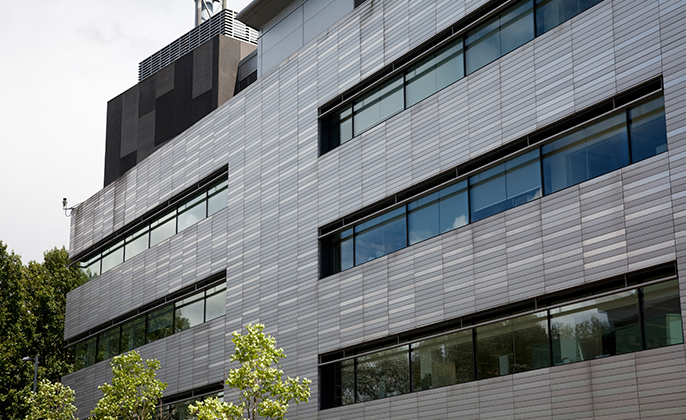Cladding is a covering that can be applied to the exterior surfaces of a building. It helps to protect them from damage caused by fire, harsh weather conditions, and pests such as termites.
Many different materials can be used for cladding. It is important to understand which will suit your building and budget best.
Aesthetics
The exterior of a building can be made to look stunning and interesting, especially when you choose the right cladding material. There are several options for cladding, from wood to concrete to metal. However, there are a few things that you should keep in mind when choosing a material for your cladding.
An important aspect is the design of the cladding. Whether for a commercial or residential project, you’ll want to ensure that the cladding is attractive and matches the rest of the architecture.
For example, if you’re looking for a shabby chic aesthetic, choose a material that has an aged look. Some of the most popular choices for cladding include stone, brick, and vinyl.
These materials are great for achieving a rustic look without compromising on durability. Consider glass if you’re looking for a more modern aesthetic. This type of cladding is popular on commercial buildings and is often used in conjunction with brick cladding.
Click here – What Are the Different Types of Smoke Control Systems?
Durability
The durability of cladding for buildings depends on the type of material used and the level of maintenance required. If a building’s cladding material isn’t strong enough, it won’t be able to protect the structure from harsh weather conditions and pests.
A durable cladding system will last longer and be less likely to leak, saving you money on maintenance over the years. Cladding systems from Dekko resist corrosion and rusting over time, helping to keep your building protected.
Metal cladding is an excellent choice for durability and longevity, but it’s important to choose the right material for your project. Some popular options include titanium, zinc and copper.
Other durable cladding materials include stone, wood and fibre cement. These are all aesthetically appealing and can be found in various colours, styles and finishes.
Non-metal cladding systems are becoming increasingly popular for their durability and resistance to rot, mould, algae and termites. Some can even withstand natural earthquakes.
Durable cladding can also help to reduce energy costs by insulating a building’s exterior and interior while allowing it to breathe. It’s also more sustainable than traditional methods of insulating buildings, as it can be recycled for use again and again.
Click here – Top Benefits of Going to the Spa Often
Fire Resistance
There are many different cladding materials out there that can perform these functions. However, choosing the right ones is essential for your project’s success.
The combustible nature of some cladding materials can pose a significant threat to your building and its occupants, putting them in danger. Fortunately, this isn’t always the case.
Several modern cladding materials are completely non-combustible and can even be used to help combat the spread of fire. For example, aluminium cladding is an excellent option for high-rise towers and large structures.
If you’re going to use wood cladding, it should be treated in a way that boosts its fire rating. For this, the timber must be impregnated or covered in a flame-retardant layer that can stop the spread of fire for an extended period.
This treatment also reduces the amount of heat that can be transferred through the surface of the cladding, giving you extra time to evacuate and protect yourself in the event of an emergency. Ensure that the timber cladding you choose has been treated this way before installing it on your building.
It’s important to check that the cladding you are installing has the correct fire rating for your type of building and height.
Maintenance
Most cladding material is relatively easy to maintain. For instance, wood cladding materials need to be coated every two to three years, while steel cladding can be treated with a zinc layer to make it resistant to corrosion. It ensures that your cladding lasts longer and requires less maintenance.
Some types of cladding need more frequent maintenance. For example, stucco cladding needs to be re-painted or repaired regularly to keep it fresh. EIFS (exterior insulation finish systems) cladding can be a good option for commercial buildings because it is inexpensive and easy to maintain. Still, these cladding materials are also susceptible to fading and deterioration.
Another cladding material that requires maintenance is aluminium cladding. Aluminium cladding is resistant to water but can be prone to corrosion over time. It is why it is crucial to clean and maintain the cladding regularly.
Having a regular cleaning and inspection schedule for your metal cladding is a great way to ensure that it looks beautiful and stays in excellent condition. It will help you protect your investment and avoid the costs of repairing or replacing the cladding.
If you are considering using cladding for your building, consult a professional. They will be able to help you choose the right cladding materials for your building and advise you on the best ways to maintain them.
